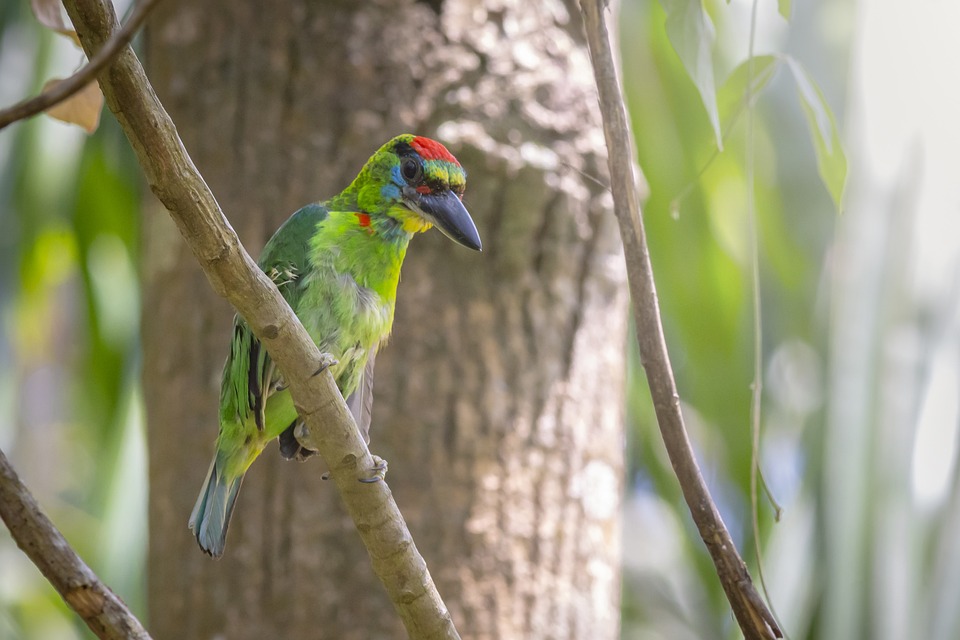Parrots are highly social creatures that thrive in the company of their own kind. Introducing a parrot to new cage mates or flock members can be a complex process that requires careful planning and consideration. In this article, we will explore effective strategies and guidelines for introducing parrots to new companions, as well as address some frequently asked questions to help you navigate this process smoothly.
Before attempting to introduce your parrot to new cage mates or flock members, it is vital to understand the intricate social dynamics of these intelligent birds. Parrots establish hierarchies, communicate through body language, and develop complex relationships within their groups. By understanding their social behavior, you can better prepare for a successful introduction.
When considering introducing your parrot to new companions, it is essential to assess compatibility and choose suitable cage mates or flock members. Factors such as species, age, and temperament should be taken into account. Research the social nature of your parrot’s species to determine if they are inclined to live in groups or prefer solitary arrangements. Choose companions that can meet your parrot’s social needs while minimizing potential conflicts.
Introducing parrots to new cage mates or flock members should be done gradually to reduce stress and prevent aggressive behavior. Follow these steps for a successful introduction:
1. Visual Introduction: Begin by placing the new parrot’s cage near your existing parrot’s cage, allowing them to observe each other without direct physical contact. This visual exposure helps them become familiar with each other’s presence.
2. Physical Separation: After some time, create a physical barrier within the main cage, such as a mesh divider, to allow the parrots to interact more closely while still preventing physical contact. This stage helps them communicate and establish boundaries.
3. Supervised Interaction: Once the parrots display signs of tolerance and curiosity, allow supervised face-to-face interactions outside the cages. Observe their body language closely, intervening if any sign of aggression or stress arises.
4. Full Integration: If the parrots exhibit positive interactions during supervised sessions, gradually remove the physical barrier and monitor their behavior closely. Ensure they have ample space, resources, and attention to minimize potential conflicts.
During the introduction process, it is common to have questions and concerns. Here are some frequently asked questions and their answers:
Q1. Can any parrot be introduced to a new flock or cage mate?
A1. Not all parrots are suitable for group living. Some species are naturally more territorial and prefer solitary arrangements. Research your parrot’s species to determine their compatibility with new companions.
Q2. How long does the introduction process usually take?
A2. The duration of the introduction process varies depending on the individual parrots involved. It can take anywhere from a few weeks to several months. Patience and careful observation are key during this time.
Q3. What signs indicate that the parrots are ready for full integration?
A3. Signs of readiness for full integration include positive body language (fluffed feathers, relaxed posture), engaging in mutual preening, sharing food or toys, and vocalizations that indicate contentment.
Q4. What should I do if aggression occurs during the introduction process?
A4. If aggression arises during interactions, separate the parrots immediately and revert to the previous stage of introduction. Consider seeking guidance from an avian behaviorist to address the underlying causes of aggression.
In conclusion, introducing parrots to new cage mates or flock members requires patience, understanding, and careful monitoring. By following gradual introduction techniques and considering compatibility factors, you can enhance your parrot’s social experiences and create a harmonious environment for them to thrive. Remember, each parrot is unique, and the introduction process may vary. Seek professional advice if needed to ensure a successful integration.









